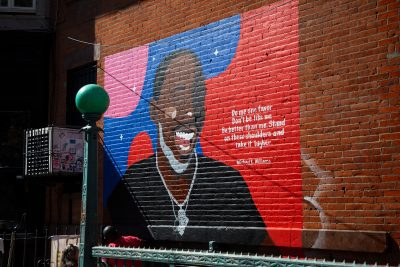The proposed rezoning (courtesy nyc.gov)
City-commissioned report: Gowanus rezoning could boost diversity
The controversial Gowanus Neighborhood Plan could increase racial equity there, according to a City Council-commissioned report
The proposed rezoning of the Gowanus neighborhood stands to increase the diversity in the industrial neighborhood by increasing the affordable housing stock, according to a city council-commissioned report.
The Gowanus Neighborhood Plan “has the clear potential to be a net positive for racial equity, increasing racial integration and countering local exclusionary development trends,” reads the report, led by Columbia Professor Lance Freeman and local Council members Brad Lander and Stephen Levin
The report was commissioned after significant community pressure on both sides, invoking a recently passed law that requires racial equity reports as part of some rezonings—even though the law does not officially go into effect until next year.
As such the mere existence of the report serves to underscore how contentious the rezoning plan has been, including having been the subject of a variety of legal battles.
Over the past 15 years, the median income of white households in Gowanus rose from $115,000 to $150,000, according to Bklyner, while Black and Latino household incomes remained stagnant. The report notes that Community District 6, which includes the Gowanus neighborhood, is 62 percent white.
To combat this discrepancy, which the report projects to grow in the coming years, the proposed rezoning plan is projected to establish 8,500 new housing units at below market rate, 3,000 of which will be as part of a New York City affordable housing project. The Gowanus Green development bordering the Gowanus Canal will hold 1000 of the units.
“If our goal is a more inclusive neighborhood, with meaningful opportunities for New Yorkers of color, then we need to find the courage to move forward thoughtfully. And I really believe this provides clarity about that,” Lander told the Brooklyn Eagle.
In the meantime, the proposal itself is still in the middle of the city’s seven-month Uniform Land Use Review Procedure, and is currently undergoing review by the Borough President’s office. All of that must happen before it is reviewed by the City Council.
You might also like 


























